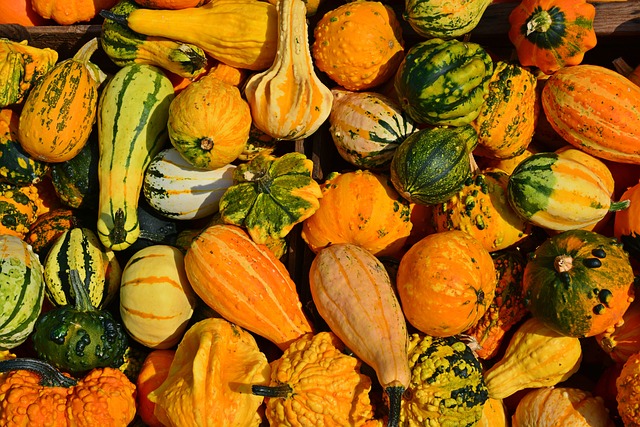Yard waste removal and recycling are essential practices for garden maintenance and environmental sustainability. By converting organic matter like leaves, grass clippings, and branches into compost through various methods—including bins or open piles—gardeners can enrich the soil, reduce landfill waste, and promote plant growth and biodiversity. Successful composting depends on balancing green and brown materials, maintaining optimal moisture levels, and ensuring proper aeration to support microbial decomposition. Regular maintenance, including turning the compost pile and adjusting its size for heat retention, is crucial for efficient breakdown of organic waste into nutrient-rich soil amendments. This sustainable cycle not only minimizes environmental impact but also provides a valuable resource for gardeners, making yard waste removal and recycling key components in eco-friendly landscaping practices.
Garden enthusiasts with a passion for sustainable practices can transform their yard waste into a treasure trove of nutrients for their plants. This article delves into the art of compost creation, offering a comprehensive guide to maximize garden fertility through yard waste removal and recycling. From initial setup to maintenance tips for a thriving compost pile, readers will learn how to effectively convert organic matter into rich, plant-enhancing compost. Embrace eco-friendly gardening with our step-by-step instructions tailored to enhance your garden’s vitality and minimize environmental impact.
- Maximizing Your Garden's Fertility with Yard Waste Removal and Compost Creation
- Step-by-Step Guide to Effective Yard Waste Recycling into Nutrient-Rich Compost
- Tips for Efficient Yard Waste Management and Compost Maintenance for Thriving Plants
Maximizing Your Garden's Fertility with Yard Waste Removal and Compost Creation

Engaging in yard waste removal and compost creation is an effective way to maximize your garden’s fertility. By removing yard waste, such as fallen leaves, grass clippings, and pruned branches, you prevent valuable space from being taken up in landfills and instead create a nutrient-rich resource for your soil. Composting this organic material not only reduces waste but also enhances the structure and tilth of your garden’s earth. The decomposition process enriches the compost with essential nutrients, making it an ideal amendment to improve soil fertility. This not only supports plant growth but also contributes to a healthier ecosystem by promoting biodiversity and reducing the need for synthetic fertilizers.
Moreover, the act of composting is straightforward yet impactful. It involves selecting a suitable composting system, whether it’s an enclosed bin or a pile in a dedicated corner of your yard. Regularly adding green (nitrogen-rich) and brown (carbon-rich) materials ensures a balanced and aerated mix that speeds up the decomposition process. Kitchen scraps like fruit peels and coffee grounds can also be added to this mix, further enriching the compost with organic matter. By adopting yard waste removal and compost recycling practices, you contribute to sustainable gardening, create a more resilient garden ecosystem, and provide your plants with the optimal growing conditions they need to thrive.
Step-by-Step Guide to Effective Yard Waste Recycling into Nutrient-Rich Compost

Yard waste removal and recycling are pivotal practices for garden enthusiasts seeking to enhance soil fertility and reduce environmental impact. Transforming organic matter from your yard into nutrient-rich compost can be a straightforward process with the right approach. Begin by selecting an appropriate composting system that suits your space and volume of yard waste. This could be a traditional heap, a compost tumbler, or a bin system. Ensure the location is convenient for adding materials and monitoring the decomposition process.
Once your composting system is in place, start layering your yard waste with greens and browns. Greens, high in nitrogen, include kitchen scraps like fruit and vegetable peels, coffee grounds, and grass clippings. Browns, rich in carbon, consist of dried leaves, twigs, straw, or shredded paper. Alternate these layers to maintain a balanced C:N ratio for effective decomposition. Maintain the compost pile’s moisture level by watering it when necessary, ensuring it’s as damp as a wrung-out sponge. Regularly turning the compost accelerates the breakdown of materials and introduces oxygen, which is vital for aerobic decomposition. By following these steps, you’ll convert yard waste into valuable compost, enriching your garden soil and promoting healthy plant growth while responsibly recycling organic material. Yard Waste Removal and Recycling are not only environmentally friendly but also contribute to the sustainability of your gardening practices.
Tips for Efficient Yard Waste Management and Compost Maintenance for Thriving Plants

Effective yard waste management is a cornerstone for any gardener seeking to enhance soil health and promote thriving plants. To begin, segregate organic matter such as leaves, grass clippings, and kitchen scraps from inorganic waste. This targeted approach not only streamlines the composting process but also ensures that valuable nutrients are recycled back into your garden. Regularly monitor your compost pile to maintain an optimal balance of green and brown materials. Green materials, rich in nitrogen, accelerate decomposition, while brown materials, high in carbon, help regulate the compost’s moisture content and temperature. Aerating the compost heap periodically aids in oxygen circulation, which is crucial for microbial activity that breaks down organic matter. Additionally, keeping the compost moist but not saturated supports a healthier composting environment. By adhering to these practices, yard waste removal and recycling become more efficient, transforming what might otherwise be waste into a nutrient-rich resource for your garden.
Maintaining a well-managed compost system extends beyond initial setup; it requires ongoing attention. Regularly turning the compost pile introduces new oxygen, which is vital for aerobic decomposition. This practice also prevents the formation of anaerobic pockets where organic matter can decompose without oxygen, potentially leading to unpleasant odors and slow composting. Monitor the moisture levels by ensuring the compost doesn’t dry out or become waterlogged. The right moisture content helps maintain microbial activity, which is essential for breaking down materials. Additionally, adjust the size of your compost pile to optimize heat generation; larger piles can retain more heat, which speeds up the composting process. By diligently managing your compost, you’re not only contributing to a sustainable practice but also creating a rich, nutrient-dense medium that will support the growth of your plants, making yard waste removal and recycling a beneficial cycle for any garden enthusiast.
Gardening enthusiasts can significantly enhance their garden’s vitality by embracing yard waste removal as a composting opportunity. The process of transforming organic matter into nutrient-rich compost not only contributes to a healthier garden but also supports sustainable practices. By following the step-by-step guide and implementing efficient yard waste management and compost maintenance, your plants will thrive with the essential nutrients provided by this natural fertilizer. Yard waste recycling is more than a gardening task; it’s a meaningful activity that enriches soil health and reduces environmental impact. Embrace compost creation as a key practice in your gardening routine for a greener, more sustainable garden.



